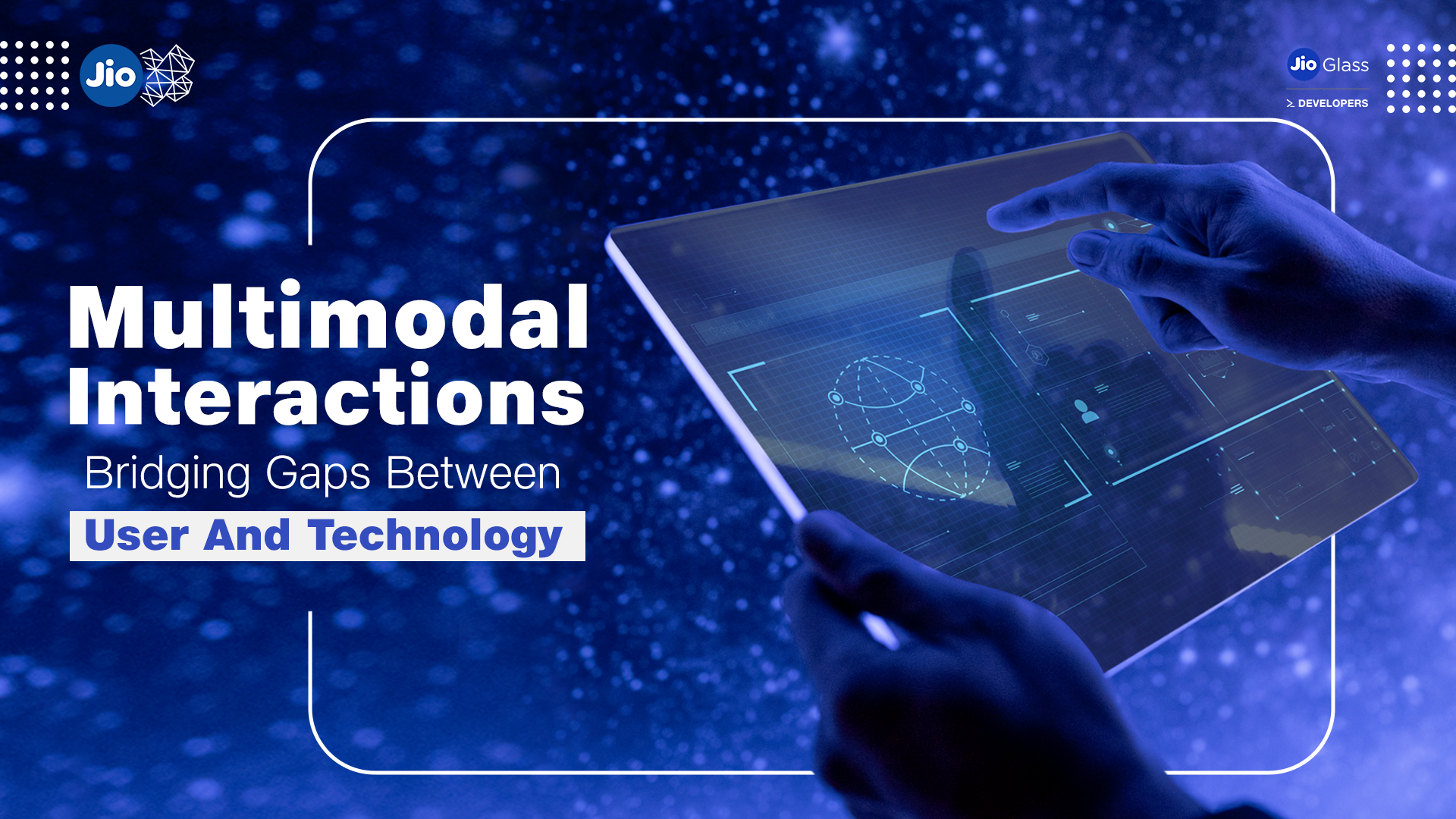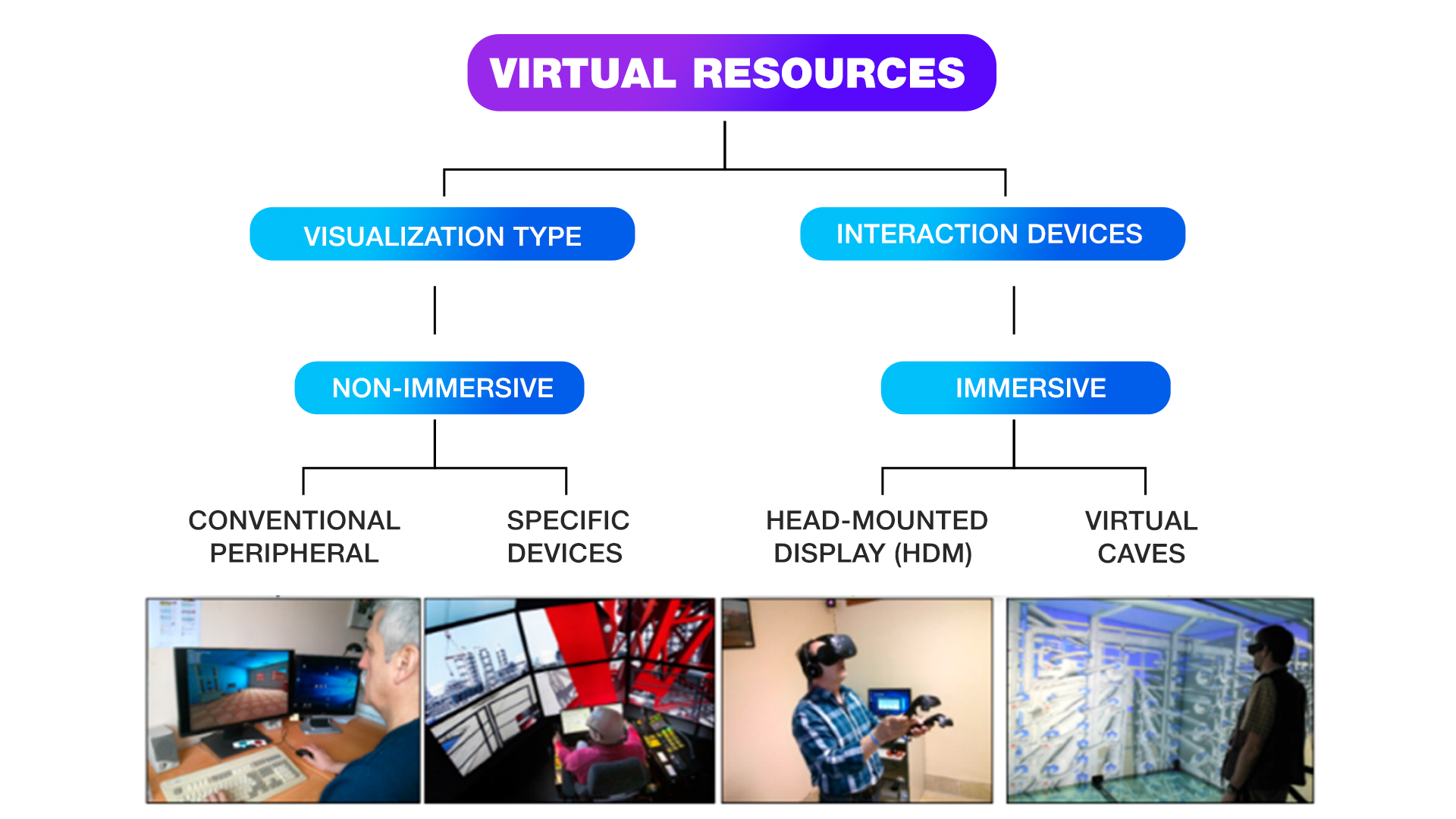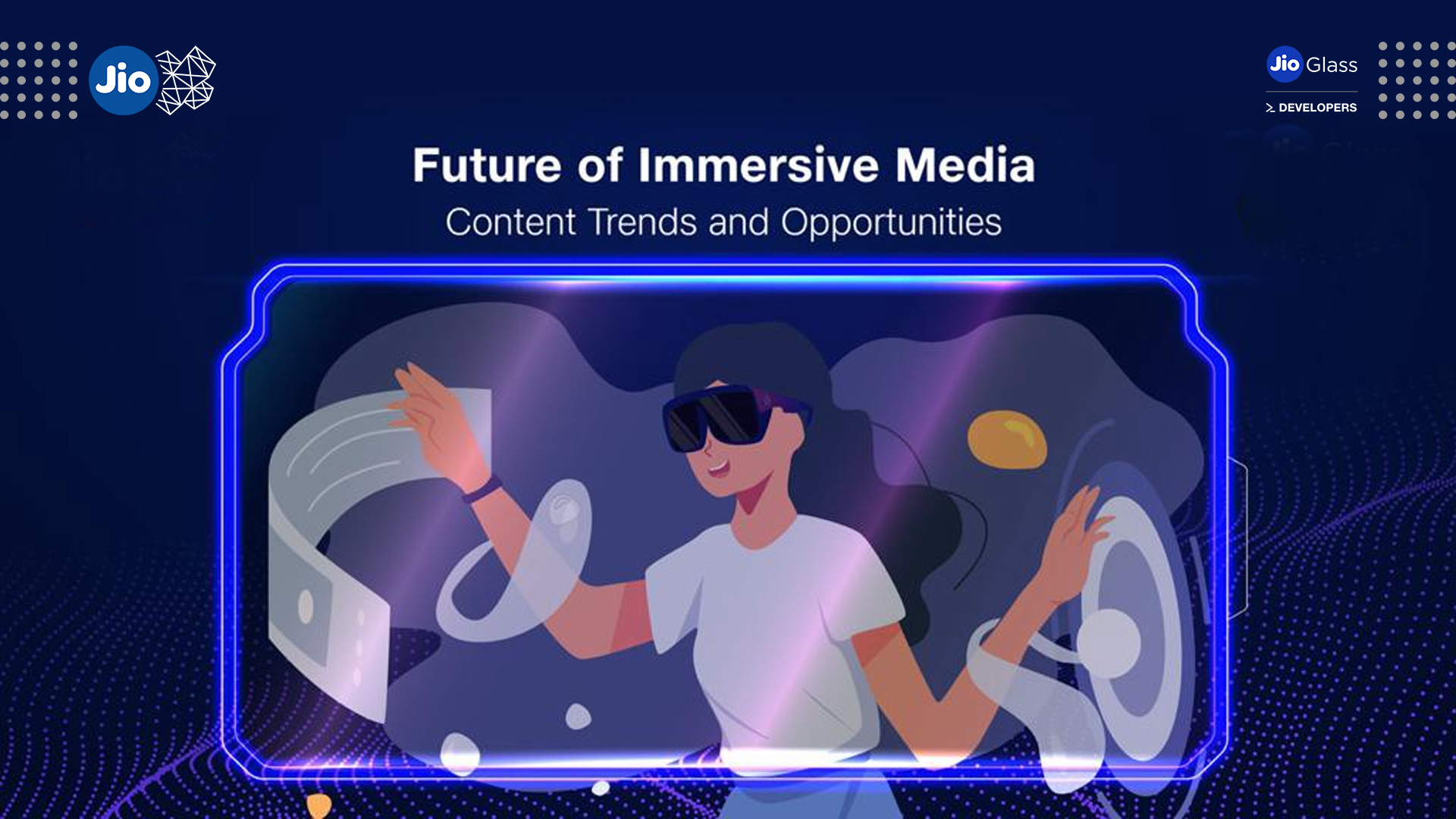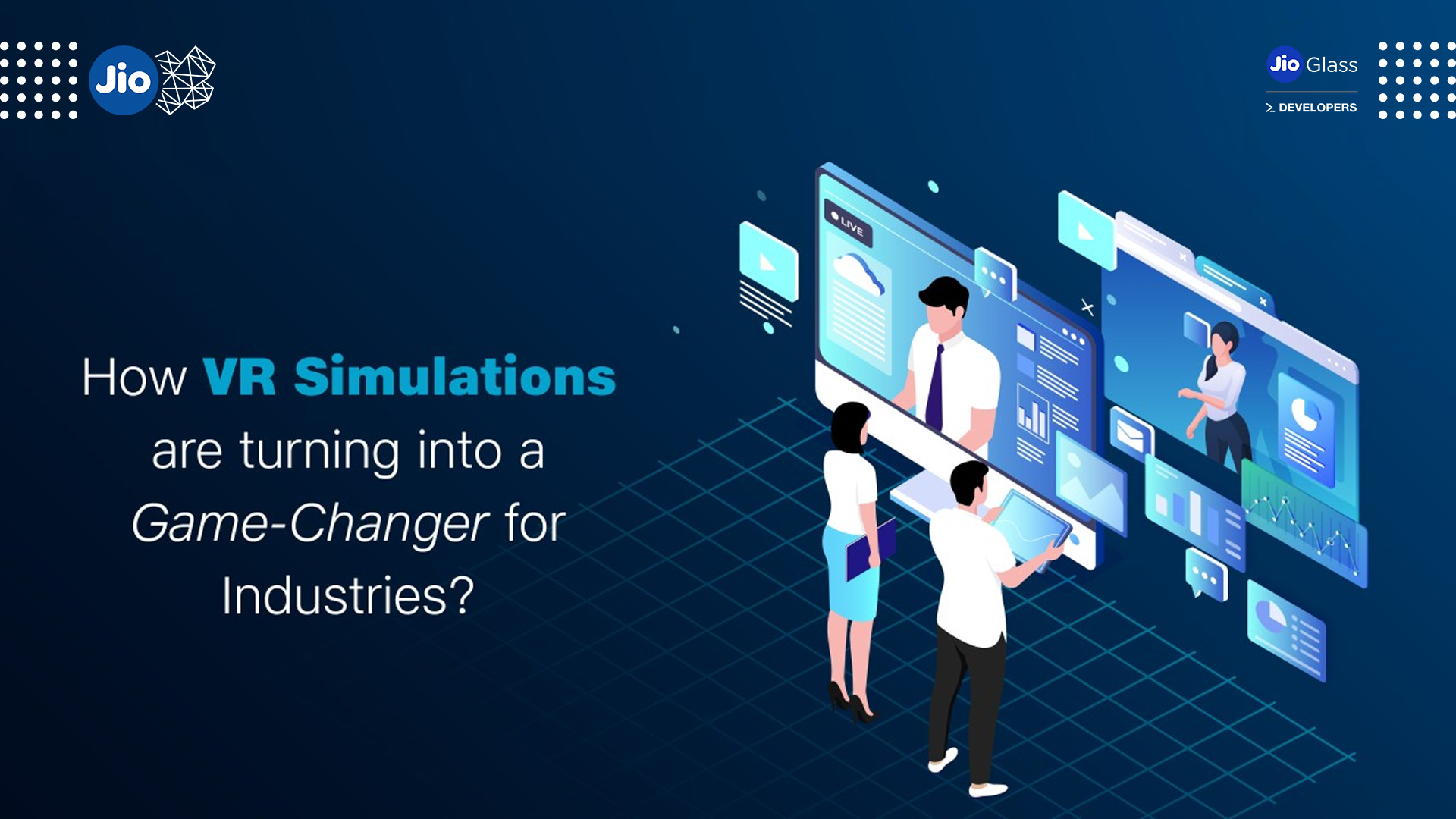How multimodal interactions can be implemented in immersive environments

As computing technologies become more natural, multimodal interaction design has emerged to bridge the gaps between user and technology. Multimodal interaction designs use a variety of modalities to achieve their goals – gestures, speech, graphics and more. These modalities work together, merging into a single seamless experience called multimodal interaction.
Imagine interacting with your computer without a mouse and keyboard — just through your voice or gestures. With modern technology, we can combine multiple communication channels to create immersive, user-friendly experiences that genuinely bridge the gap between humans and machines.
A theoretical framework for multimodal interaction in immersive environments
Multimodal interaction studies offer insights into human cognition such as attention, emotion recognition and conscious and unconscious processes.
The analyses offer insights into human cognition such as attention, emotion recognition and conscious and unconscious processes. To study multimodal interactions in immersive environments, we need to develop a theoretical framework that can be used to explain how people communicate with each other through nonverbal cues. 
This framework should also be able to explain how humans communicate with technology using the same nonverbal cues. This article will explore some existing theories on multimodal communication and why they are inadequate for explaining human-technology interactions.
Characteristics of immersive environments
Immersive environments are computer-generated virtual spaces that humans can manipulate through their senses. One type of immersive environment is the cockpit simulator, where pilots train for real-life scenarios using 3D displays in a simulated cockpit setting with realistic flight controls and instrument panels. The goal of cockpit simulators is to provide pilots with a safe environment where they can develop skills without endangering lives or property in real-life scenarios.
The characteristics of immersive environments are:
1) Immersive environment provides the user with a sense of presence and immersion into an imaginary world.
2) Immersive environment provides the illusion that you are part of that world and interacting with others there.
3) Immersive environment allows you to interact naturally with other virtual characters by using your voice or body movements (e.g., waving hands).
Design of multimodal interaction in immersive environments
User interfaces are the cornerstone of a successful product. They allow users to interact with and use products efficiently, effectively, and comfortably.

Source: Immersive environment
A task analysis framework is based on a classification of user-technology interactions into three modes:
1) direct manipulation
2) task-oriented dialogue and
3) situation-oriented dialogue
This framework provides a basis for developing design guidelines that can improve the usability of multimodal interfaces.
A good multimodal interface should adhere to the following design principles:
- Intuitive and easy to use
- Clear visual cues that indicate how users can interact with the system (e.g., icons)
- Incorporate feedback mechanisms so that users know when they have completed action or command (e.g., auditory feedback)
Multimodal interfaces have been studied in many fields, including human-computer interaction, artificial intelligence, robotics, and machine learning
Future directions for multimodal interaction research in immersive environments
We need to understand how these innovative technologies work together and what they can do individually and together as a system. We also need to know how they interact with traditional interactions like voice and gesture recognition and other modalities such as haptics or sound feedback systems. This will help us design future easy-to-use interfaces while also providing an engaging experience for users.
Today we are at an inflection point where modern technologies are becoming available, and we can expect many more advances in this area soon. This makes it an exciting time for research into multimodal interfaces for immersive environments and a necessary time to think about how we can advance our understanding in this area.
As technology continues to advance, designers and developers need to think about how they can incorporate immersive technologies into their workflows. With the JioGlass Developers Program, you can explore new ways of interacting with technology and make it more natural for users.
Join the JioGlass Developers Program: Click Here

